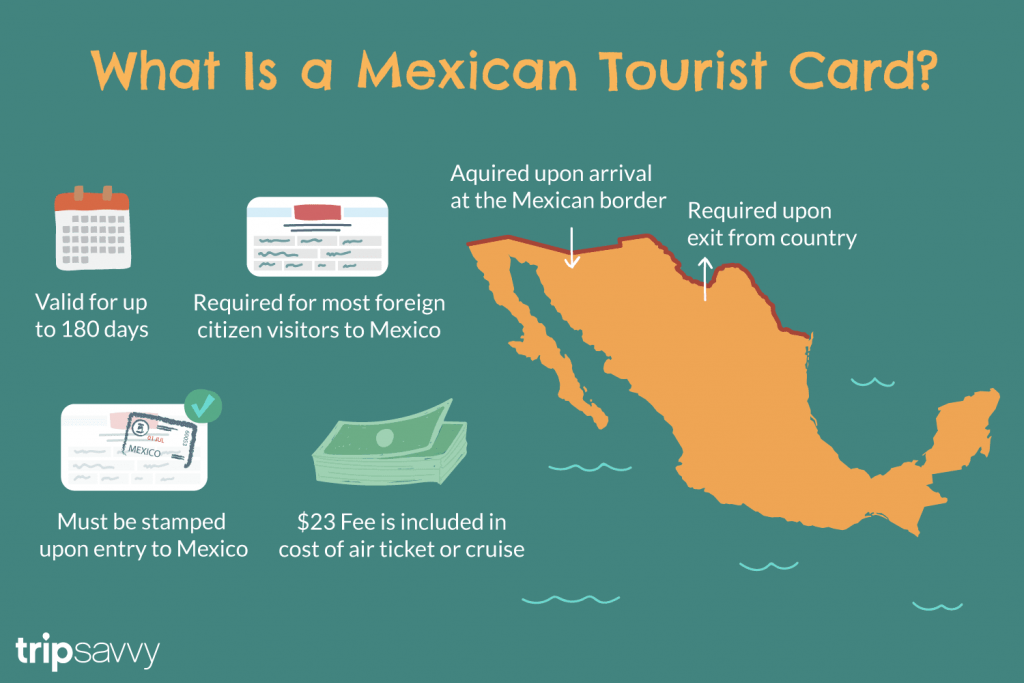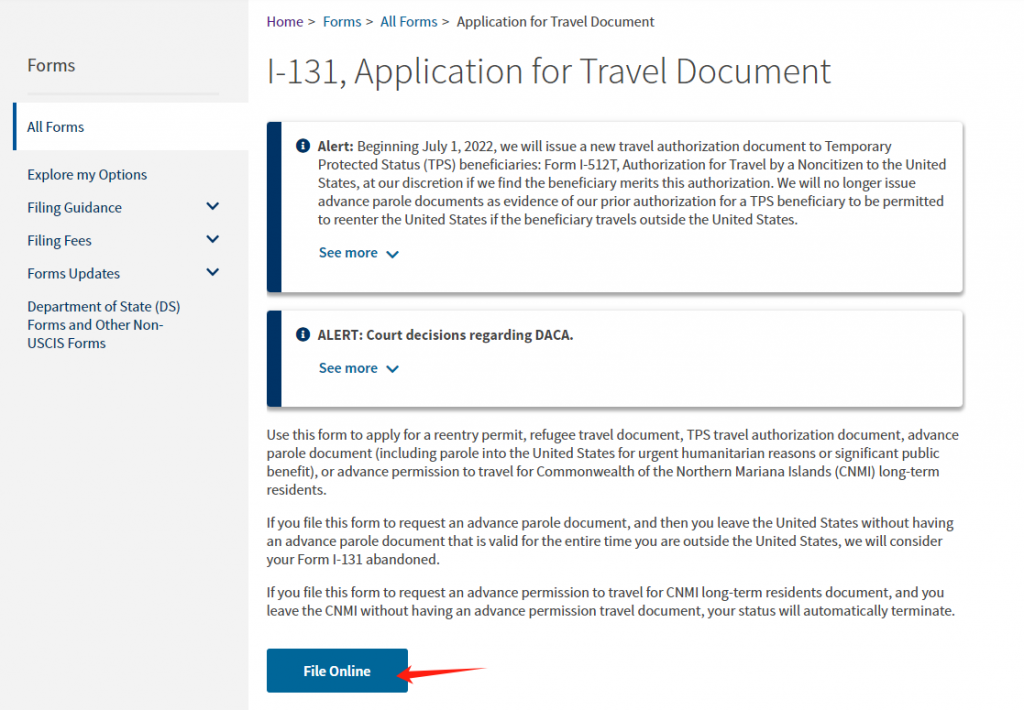If you have a U.S. passport, one of the strongest in the world, you can travel to different countries with visa fees. And if you are a foreigner who wants to apply for U.S. citizenship, the basic path is to apply for a green card. It is a path to U.S. citizenship. When you have a U.S. permanent residence card, you can travel to many countries without a visa. Because they believe that someone with a U.S. green card will not miss their chance to become a U.S. citizen by staying in another country for a long time. If you don’t know which countries U.S. green card holders can travel to without a visa, we will show you more in this blog.

Where can U.S. permanent residents travel without a visa?
The U.S. Green Card is a powerful document that not only allows you to reside in the United States but also allows you to travel to many countries and territories without a visa. Currently, U.S. green card holders can travel to 38 visa-free countries. Here is the list of visa-free countries for U.S. permanent residents:
- Canada
- Mexico
- US territories
- Belize
- Costa Rica
- Panama
- Chile
- Peru
- Morocco
- Albania
- Armenia
- Bosnia and Herzegovina
- Georgia
- Montenegro
- Serbia
- Turkey
- Bahrain
- Jordan
- Oman
- Qatar
- United Arab Emirates
- Malaysia
- Philippines
- Singapore
- South Korea
- Taiwan
- Thailand
- Anguilla (British Territory)
- Antigua and Barbuda
- Aruba
- Bahamas
- Bermuda (British Territory)
- Bonaire (Dutch territory)
- Cayman Islands (British Territory)
- Curaçao
- Dominican Republic
- Sint Maarten
- Turks and Caicos (British Territory)
What to Prepare to Travel without a Visa?
When green card holders travel to the countries mentioned above, they do not need to apply for a visa beforehand. However, you must show some required documents to immigration officers at the port of entry, such as your valid passport, green card, and return or onward travel ticket. In addition, you need to know the different permitted stay times in different countries before you travel. Otherwise, you will face the problem of leaving the country or a fine for overstaying. Some countries allow you to stay for 30 days, 60 days, or 90 days.

Can U.S. permanent residents travel to Canada?
Of course, U.S. permanent residents can travel to Canada with a green card or a valid passport. A tourist visa is not required. However, if you travel to Canada by plane, you do need to obtain an eTA (Electronic Travel Authorization) online, which will allow you to board a flight quickly. After you arrive at the entry point in Canada, you just need to show your eTA, passport and green card and you’re good to go. If you cross the border by land, you only need to show your passport and green card.
Can U.S. Permanent Residents Travel to Mexico?
Sure, can do that. As another U.S. neighbor, Mexico allows U.S. permanent residents to enter the border without a visa, meaning you just need to show your passport and U.S. green card. However, if you still need to obtain a Mexico Tourist Card, which is different from a visa when you plan to travel to Mexico, There are many ways to obtain a Mexican tourist card, so you won’t need to visit a Mexican embassy or consulate to make a formal visa application.

- You can get it on the plane from the flight crew and the price of the card will be included in your ticket.
- You can get the Tourist Card online. Don’t forget to print and bring it with you before your trip.
- You can apply at a Mexican embassy in the United States.
- You can get it at an immigration desk at Mexico Airport after you land.
- You can get it at Mexico’s port of call when you travel by sea.

And you need to pay the Mexican tourist card fee of $25-$35.
Do U.S. green card holders need a visa for Europe?
It depends on which country in Europe you are traveling to. If you are a U.S. green card holder wishing to travel to the European Union (EU), you will need a visa to enter most EU countries unless your nationality is on their visa exemption list. However, Green Card holders can travel to certain European countries, such as Montenegro, San Marino, and Romania outside the EU without a visa.
Therefore, you should check the visa requirements before you travel.
How long can I stay outside the United States?
Under U.S. immigration rules, a green card holder can travel and stay outside the United States for six months. If you stay abroad for more than six months but less than a year, it will likely lead to some questions at the port of entry when you return to the United States. However, if you stay abroad for more than a year, it means that you intend to abandon your permanent resident status. This is known as green card abandonment. Since your status gives you the freedom to travel in and out of the United States, you should maintain legal status at all times.

What Does Green Card Abandonment Mean?
According to USCIS, abandonment of a green card will render permanent resident status abandoned. There are two ways to abandon a green card.
Staying abroad for a year
If you have been outside the U.S. for more than 12 months, your green card may be considered abandoned. Or you can avoid this by having all your travel documents with you every time you travel out of the country, which may allow you to return without issue. Or you can apply for a re-entry permit, which helps you resume your permanent resident status every time you return to the United States.
Voluntarily abandon Green Card
If you are a PRL but wish to surrender your green card, you can complete and file I-407, Abandonment of Legal Permanent Resident Status. In this form, you can provide personal information about yourself and state your reasons for giving up willingly and affirmatively.

Does Travel Outside the U.S. Affect the Naturalization Process?
Yes. According to USCIS, “absences from the U.S. for six months or more may disrupt the continuous residence required for naturalization,” meaning you may want to take extra precautions when you’re outside the U.S. for more than six months. You will be asked to reveal all travel outside the United States for the past five years during your naturalization process. It may affect your eligibility for citizenship if you have been abroad for more than six months. However, if you inevitably stay abroad for more than 6 months, you can apply for the N-470 Application to Preserve Residence for Naturalization Process, which can help you maintain your permanent residence status if you have to stay abroad for a period of one year or longer. Only for the purposes of employment for the U.S. government, a recognized U.S. firm, mission, and other recognized entities may be eligible for N-470.

What if I stay more than one year outside the United States?
Generally, if you stay outside the United States for more than a year, you may lose your permanent resident status. However, if you have to stay outside the U.S. for more than 1 year, you can apply for a re-entry permit before traveling outside the U.S. to avoid denial at the port of entry. However, you must keep in mind that the re-entry permit has an expiry date, which means you must use it to apply for admission before the expiry date.
How to Get a Reentry Permit?
If you want to obtain a re-entry permit to enter the United States successfully, you can apply for it with USCIS.

Complete and file Form I-131 with USCIS with some supporting documentation.
Physically present in the United States when your application for a reentry permit is accepted by USCIS and attend a biometrics (digital fingerprinting) appointment.
You must intend to leave the United States temporarily, which means that you must maintain the intention to return to the United States as your home.
What are some ways to protect my status as a permanent resident?
Of course, if you have to leave the United States States for longer than 6 months, you can get a reentry permit. Or you can maintain strong ties to the US to protect your permanent residence by maintaining a US address or a valid driver’s license, filing taxes as a US resident, owning a US-based business or property, or having a US bank account. If possible, it is best to show documentation that your travel outside the United States was temporary.
Conclusion
As a U.S. Green Card holder, you can travel freely outside the U.S. When traveling to other countries, you usually need your PR card, a valid passport, and a visa. Sometimes you can travel to other countries without a visa. Don’t forget to check the documents you need before traveling.